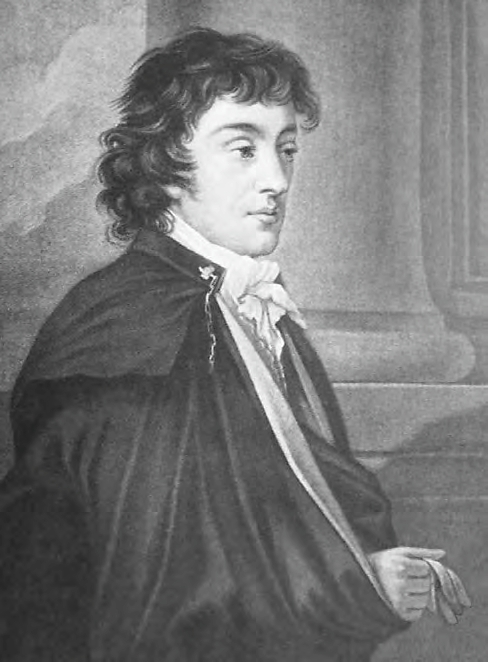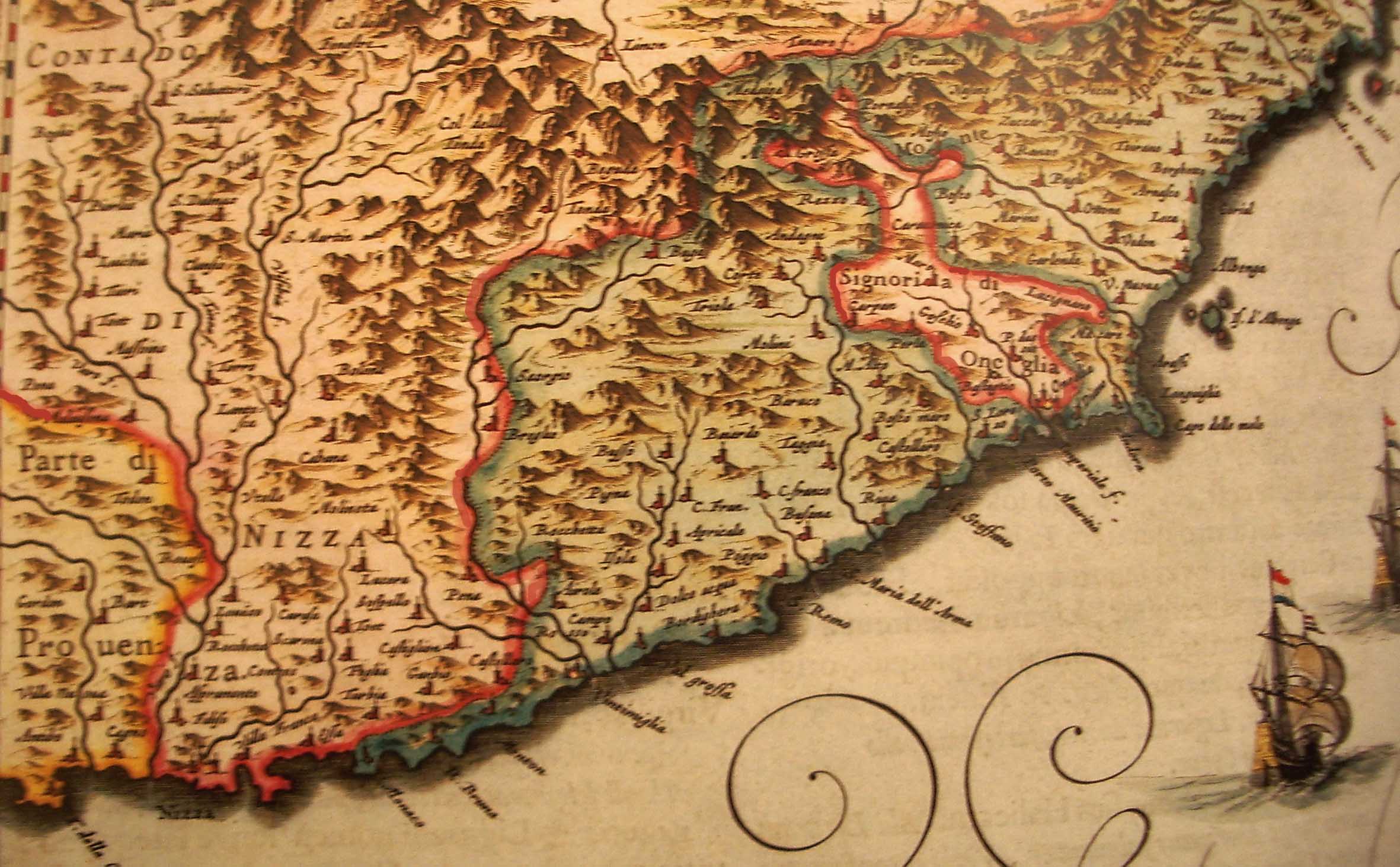|
Izabella Elżbieta Czartoryska
Princess Izabella Elżbieta Czartoryska (19 December 1832 – 18 March 1899) was a Polish noblewoman. On 21 February 1857, Izabella was married to Count Jan Kanty Działyński (1829–1880), son of Tytus Działyński Tytus Adam Działyński (1796–1861, son of Ksawery, father to Jan Kanty) was a Polish political activist and protector of arts and a Prussian politician. Biography He was a publisher of historical sources important for the Polish history, ... in Paris, France. Their marriage produced no children. 1832 births 1899 deaths Izabella Elzbieta Czartoryska 19th-century Polish nobility {{Poland-noble-stub ... [...More Info...] [...Related Items...] OR: [Wikipedia] [Google] [Baidu] |
Czartoryski
The House of Czartoryski (feminine form: Czartoryska, plural: Czartoryscy; lt, Čartoriskiai) is a Polish princely family of Lithuanian- Ruthenian origin, also known as the Familia. The family, which derived their kin from the Gediminids dynasty, by the mid-17th century had split into two branches, based in the Klevan Castle and the Korets Castle, respectively. They used the Czartoryski coat of arms and were a noble family of the Polish–Lithuanian Commonwealth in the 18th century. The Czartoryski and the Potocki were the two most influential aristocratic families of the last decades of the Polish–Lithuanian Commonwealth (1569–1795). History The Czartoryski family is of Lithuanian descent from Ruthenia. Their ancestor, a grandson of Gediminas, the Grand Duke of Lithuania, became known with his baptismal name Constantine ( 1330−1390) - he became a Prince of Chortoryisk in Volhynia.Tęgowski J. ''Który Konstanty — Olgierdowic czy Koriatowic — był przodkiem kniaz ... [...More Info...] [...Related Items...] OR: [Wikipedia] [Google] [Baidu] |
Czartoryski Coat Of Arms
The Czartoryski coat of arms is a Polish–Lithuanian coat of arms, a variant of the Pogoń Litewska arms. It has been used by the Gediminid Czartoryski family. History Blazon There arms are a modified version of Pogoń Litewska, with three towers added at the lower part and the rest remaining identical. Notable bearers Notable bearers of this coat of arms include: * House of Czartoryski ** Adam Jerzy Czartoryski ** Adam Kazimierz Czartoryski ** August Aleksander Czartoryski ** Antonina Czartoryska ** Michal Fryderyk Czartoryski ** Konstancja Czartoryska ** Elzbieta Czartoryska ** Kazimierz Czartoryski ** Konstanty Adam Czartoryski ** Władysław Czartoryski ** Tamara Laura Czartoryska * House of Sanguszko See also * Polish heraldry * Heraldic family * List of Polish nobility coats of arms Gallery file:Pilawa (Potocki count) and Czartoryski (prince) CoA in Lancut palace.jpg, Pilawa coat of arms and the Prices Czartoryski coat of arms in Łańcut Castle ... [...More Info...] [...Related Items...] OR: [Wikipedia] [Google] [Baidu] |
Adam Jerzy Czartoryski
Adam Jerzy Czartoryski (; lt, Аdomas Jurgis Čartoriskis; 14 January 177015 July 1861), in English known as Adam George Czartoryski, was a Polish nobleman, statesman, diplomat and author. The son of a wealthy prince, he began his political career as a foreign minister to the Russian Tsar Alexander I after Poland was partitioned by Russia, Prussia and Austria. He later became a leader of the Polish government in exile and a bitter opponent of Alexander's successor, Tsar Nicholas I. In exile, he advocated for the reestablishment of a sovereign Polish state, which also stimulated early Balkan and Belgian nationalism, and intensified their desire for independence. Czartoryski was a dedicated patron of arts and greatly contributed to the Czartoryski Collection. In 1798, he purchased one of Poland's most important national treasures – Leonardo da Vinci's ''Lady with an Ermine'', which he brought as a gift for his mother from Italy. Early life and education Czartoryski was b ... [...More Info...] [...Related Items...] OR: [Wikipedia] [Google] [Baidu] |
Anna Zofia Sapieha
Princess Anna Zofia Sapieha (17 October 1799 – 24 November 1864) was a Polish noblewoman Nobility is a social class found in many societies that have an aristocracy (class), aristocracy. It is normally ranked immediately below Royal family, royalty. Nobility has often been an Estates of the realm, estate of the realm with many e ..., notable as a philanthropist. In France she was active in the Polish emigree community (Hôtel Lambert). She was particularly known for her charity activities. She married Prince Adam Jerzy Czartoryski on 25 September 1817 in Radzyń. 1799 births 1864 deaths People from Saint-Germain-en-Laye Anna Zofia {{Poland-noble-stub ... [...More Info...] [...Related Items...] OR: [Wikipedia] [Google] [Baidu] |
Jan Kanty Działyński
Jan, JaN or JAN may refer to: Acronyms * Jackson, Mississippi (Amtrak station), US, Amtrak station code JAN * Jackson-Evers International Airport, Mississippi, US, IATA code * Jabhat al-Nusra (JaN), a Syrian militant group * Japanese Article Number, a barcode standard compatible with EAN * Japanese Accepted Name, a Japanese nonproprietary drug name * Job Accommodation Network, US, for people with disabilities * ''Joint Army-Navy'', US standards for electronic color codes, etc. * ''Journal of Advanced Nursing'' Personal name * Jan (name), male variant of ''John'', female shortened form of ''Janet'' and ''Janice'' * Jan (Persian name), Persian word meaning 'life', 'soul', 'dear'; also used as a name * Ran (surname), romanized from Mandarin as Jan in Wade–Giles * Ján, Slovak name Other uses * January, as an abbreviation for the first month of the year in the Gregorian calendar * Jan (cards), a term in some card games when a player loses without taking any tricks or scoring a mini ... [...More Info...] [...Related Items...] OR: [Wikipedia] [Google] [Baidu] |
Warsaw
Warsaw ( pl, Warszawa, ), officially the Capital City of Warsaw,, abbreviation: ''m.st. Warszawa'' is the capital and largest city of Poland. The metropolis stands on the River Vistula in east-central Poland, and its population is officially estimated at 1.86 million residents within a greater metropolitan area of 3.1 million residents, which makes Warsaw the 7th most-populous city in the European Union. The city area measures and comprises 18 districts, while the metropolitan area covers . Warsaw is an Alpha global city, a major cultural, political and economic hub, and the country's seat of government. Warsaw traces its origins to a small fishing town in Masovia. The city rose to prominence in the late 16th century, when Sigismund III decided to move the Polish capital and his royal court from Kraków. Warsaw served as the de facto capital of the Polish–Lithuanian Commonwealth until 1795, and subsequently as the seat of Napoleon's Duchy of Warsaw. Th ... [...More Info...] [...Related Items...] OR: [Wikipedia] [Google] [Baidu] |
Congress Poland
Congress Poland, Congress Kingdom of Poland, or Russian Poland, formally known as the Kingdom of Poland, was a polity created in 1815 by the Congress of Vienna as a semi-autonomous Polish state, a successor to Napoleon's Duchy of Warsaw. It was established when the French ceded a part of Polish territory to the Russian Empire following France's defeat in the Napoleonic Wars. In 1915, during World War I, it was replaced by the German-controlled nominal Regency Kingdom until Poland regained independence in 1918. Following the partitions of Poland at the end of the 18th century, Poland ceased to exist as an independent nation for 123 years. The territory, with its native population, was split between the Habsburg monarchy, the Kingdom of Prussia, and the Russian Empire. After 1804, an equivalent to Congress Poland within the Austrian Empire was the Kingdom of Galicia and Lodomeria, also commonly referred to as "Austrian Poland". The area incorporated into Prussia and subse ... [...More Info...] [...Related Items...] OR: [Wikipedia] [Google] [Baidu] |
Menton
Menton (; , written ''Menton'' in classical norm or ''Mentan'' in Mistralian norm; it, Mentone ) is a commune in the Alpes-Maritimes department in the Provence-Alpes-Côte d'Azur region on the French Riviera, close to the Italian border. Menton has always been a frontier town. Since the end of the 14th century, it was on the border between County of Nice, held by the Duke of Savoy, and Republic of Genoa. It was an exclave of the Principality of Monaco until the disputed French plebiscite of 1860, when it was added to France. It had been always a fashionable tourist centre with grand mansions and gardens. Its temperate Mediterranean climate is especially favourable to the citrus industry, with which it is strongly identified. Etymology Although the name's spelling and pronunciation in French are identical to those for the word that means "chin", there does not seem to be any link with this French word. According to the French geographer Ernest Nègre, the name ''Menton'' c ... [...More Info...] [...Related Items...] OR: [Wikipedia] [Google] [Baidu] |
France
France (), officially the French Republic ( ), is a country primarily located in Western Europe. It also comprises of Overseas France, overseas regions and territories in the Americas and the Atlantic Ocean, Atlantic, Pacific Ocean, Pacific and Indian Oceans. Its Metropolitan France, metropolitan area extends from the Rhine to the Atlantic Ocean and from the Mediterranean Sea to the English Channel and the North Sea; overseas territories include French Guiana in South America, Saint Pierre and Miquelon in the North Atlantic, the French West Indies, and many islands in Oceania and the Indian Ocean. Due to its several coastal territories, France has the largest exclusive economic zone in the world. France borders Belgium, Luxembourg, Germany, Switzerland, Monaco, Italy, Andorra, and Spain in continental Europe, as well as the Kingdom of the Netherlands, Netherlands, Suriname, and Brazil in the Americas via its overseas territories in French Guiana and Saint Martin (island), ... [...More Info...] [...Related Items...] OR: [Wikipedia] [Google] [Baidu] |
Szlachta
The ''szlachta'' (Polish: endonym, Lithuanian: šlėkta) were the noble estate of the realm in the Kingdom of Poland, the Grand Duchy of Lithuania, and the Polish–Lithuanian Commonwealth who, as a class, had the dominating position in the state, exercising extensive political rights and power. Szlachta as a class differed significantly from the feudal nobility of Western Europe. The estate was officially abolished in 1921 by the March Constitution."Szlachta. Szlachta w Polsce" ''Encyklopedia PWN'' The origins of the ''szlachta'' are obscure and the subject of several theories. Traditionally, its members owned land (allods), [...More Info...] [...Related Items...] OR: [Wikipedia] [Google] [Baidu] |
Tytus Działyński
Tytus Adam Działyński (1796–1861, son of Ksawery, father to Jan Kanty) was a Polish political activist and protector of arts and a Prussian politician. Biography He was a publisher of historical sources important for the Polish history, founder of Kórnik Library (''Biblioteka Kórnicka''), co-founder of Poznań Industrial Society (''Towarzystwo Przemysłowe w Poznaniu''), the Poznań Society of Friends of Arts and Sciences (Poznańskie Towarzystwo Przyjaciół Nauk) and the president of the latter since 1858. He was also a participant of the November Uprising (1830/31) and Spring of Nations (1848). He was also a member of provincial parliament of the Grand Duchy of Poznan (1841-1846) and of the Prussian House of Representatives (1851-1853, 1858-1861). Publications * ''The Lithianian Statute'' (''Statut litewski'', 1841) * ''Źródłopisma do dziejów unii Korony Polskiej i Wielkiego Księstwa Litewskiego'' (1856–61) ''Sources to the history of union of the Crown o ... [...More Info...] [...Related Items...] OR: [Wikipedia] [Google] [Baidu] |
1832 Births
Year 183 ( CLXXXIII) was a common year starting on Tuesday (link will display the full calendar) of the Julian calendar. At the time, it was known as the Year of the Consulship of Aurelius and Victorinus (or, less frequently, year 936 ''Ab urbe condita''). The denomination 183 for this year has been used since the early medieval period, when the Anno Domini calendar era became the prevalent method in Europe for naming years. Events By place Roman Empire * An assassination attempt on Emperor Commodus by members of the Senate fails. Births * January 26 – Lady Zhen, wife of the Cao Wei state Emperor Cao Pi (d. 221) * Hu Zong, Chinese general, official and poet of the Eastern Wu state (d. 242) * Liu Zan (Zhengming), Chinese general of the Eastern Wu state (d. 255) * Lu Xun Zhou Shuren (25 September 1881 – 19 October 1936), better known by his pen name Lu Xun (or Lu Sun; ; Wade–Giles: Lu Hsün), was a Chinese writer, essayist, poet, and literary criti ... [...More Info...] [...Related Items...] OR: [Wikipedia] [Google] [Baidu] |

